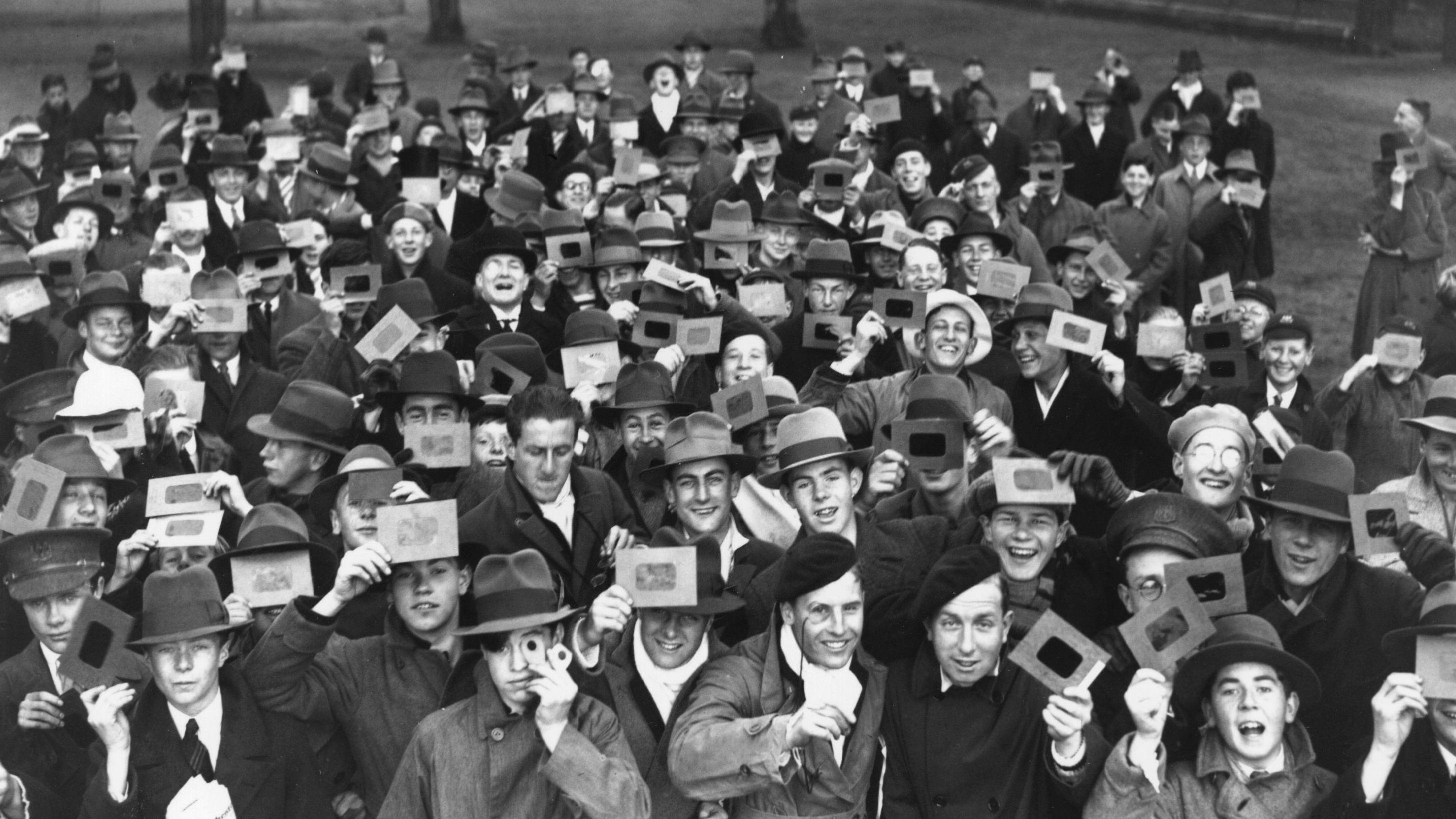
Indianapolis, IN — For the past couple of weeks, Kaleb Boone, 9, has been charting the sky. He's been mapping, he's been measuring, he's been plotting, and he's been keenly considering the weather. The reason why is simple. It's what any astronomer ought to be doing in anticipation of a major cosmic event.
When the comet 12P/Pons-Brooks boomerangs back toward us after decades of treading the outer solar system, scientists will be ready to capture it in action thanks to their meticulously prepared calculations. When the giant star Betelgeuse reaches its tipping point and bursts someday, even though we don't know when that day will be, there's a structure in place to bar against losing any of those juicy supernova details. Boone, however, has his eye on perhaps the most beloved space muse of all: Our star, the sun.
He's trying to figure out the best spot from which he and his family can watch the 2024 total eclipse of the sun, when the moon will cross between our planet and the face of its golden yellow anchor, plunging a lucky stripe of Earth into a few moments of night during the day. Thankfully, Boone already finds himself in Indiana, a state that naturally falls within that stripe. Yet, a key question remains: Is one part of Indiana's totality path better than another?
"I'll be at the zoo," Brandi Tracey told Space.com. She'll be with her little kids, hoping to witness what non-humans might be thinking during the strange phenomenon.
Related: I'm headed to Indiana to prove myself wrong about solar eclipses on April 8
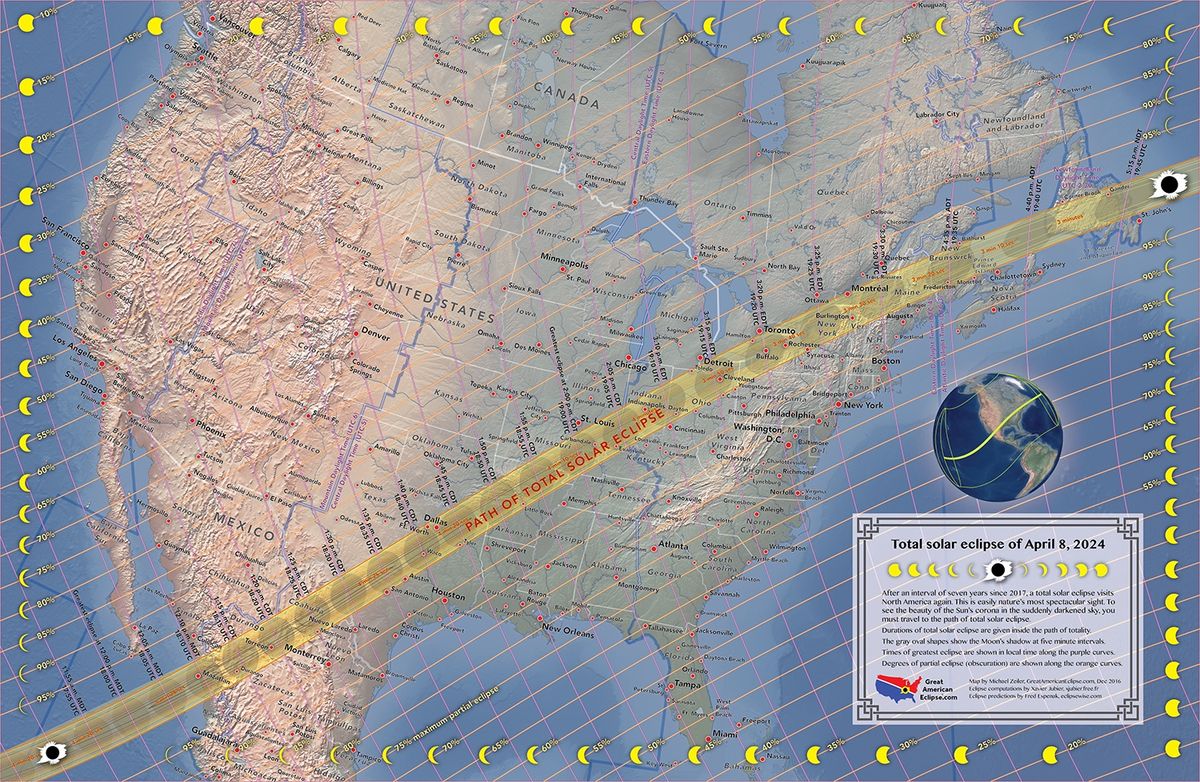
You can watch the total solar eclipse live on Space.com. And keep up with all the actions with our total solar eclipse 2024 live updates blog.
I can't shake the feeling that we humans nearly worship solar eclipses because of the existential reminder they offer us — that the entirety of Earth is a spaceship swinging everyone around the sun, and that a powdery gray orb has likely always been on this ride with us. As far as it may seem, the moon is our planet's closest and very best friend. But would an otter care about all that? Let alone an otter living in a zoo? A fish? A capybara? A tortoise?
"The birds go in and the bats come out," Jane Rigby, senior project scientist of the James Webb Space Telescope, told Space.com. Reflecting on her 2017 solar eclipse totality experience, she gushed that it was perhaps the most profound moment she's ever been a part of. The word she used was "otherworldly."
"It's a very emotionally intense time," she said. "People were shouting, people were crying, I noticed the young kids looking at the grownups."
Related: April 8 solar eclipse: 6 zoos on the path of totality — and why animals react strangely
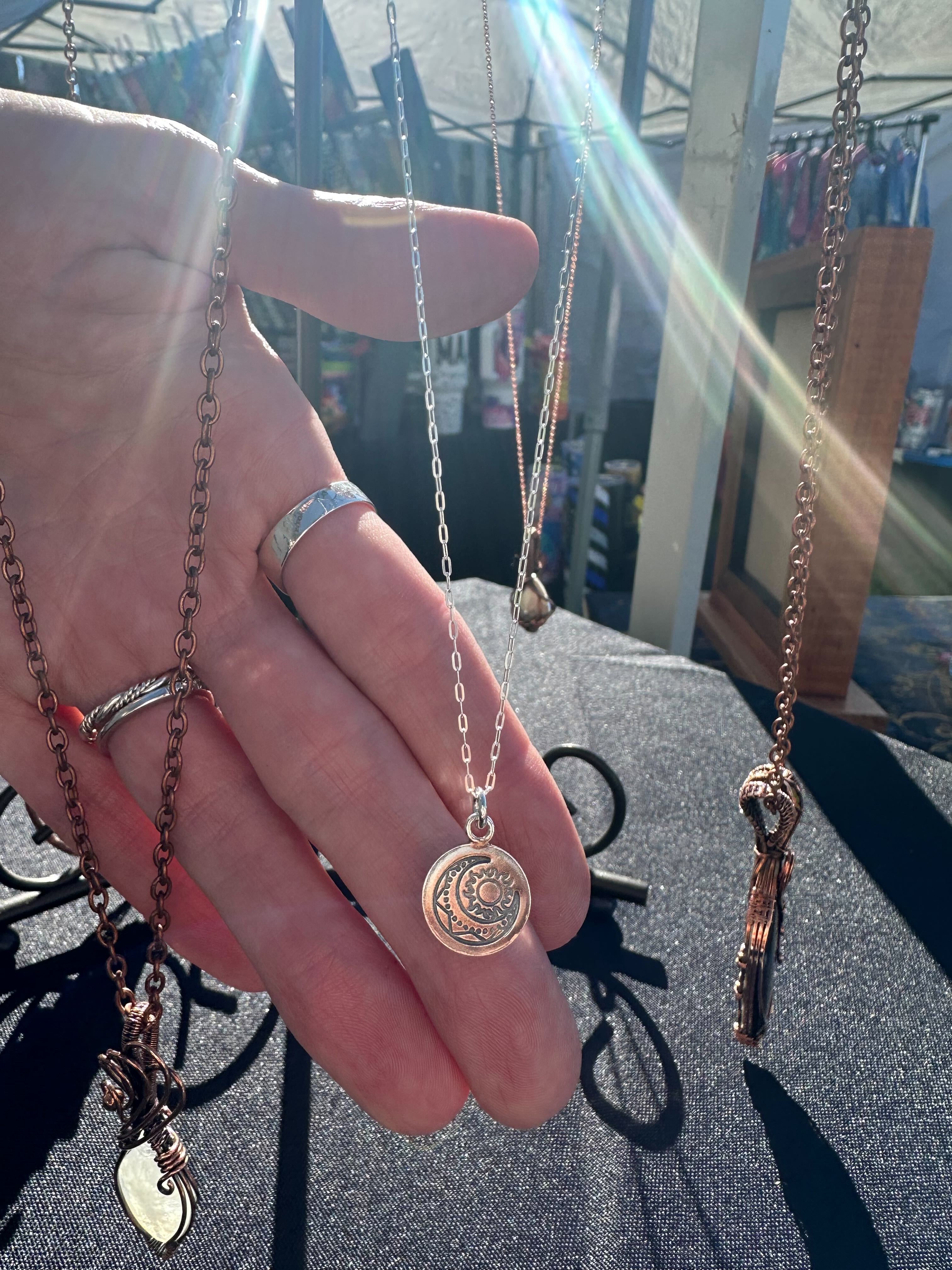
Rigby had seen the 2017 solar eclipse from a farm with about 60 other people. All of a sudden, it was like the air had frozen during those precious few minutes when the moon completely blocked the sun's light from reaching her. "There was a part of my brainstem, the part that has evolved to run away from saber-toothed cats, that was telling me in all caps letters 'Oh my god, the sun is getting eaten. Run away now,'" she said with a laugh.
And, though she will be staring up at the sky from Indiana this time to watch some lovely space traffic strike again, she made sure one thing remains the same."It's actually the first work trip I've ever brought my family on," she said. "We felt like we needed to see it together." It's a theme that seems to resonate with many Indiana residents hoping to catch a glimpse of totality.
Related: 10 rookie mistakes first-time eclipse-chasers make (and how to avoid them)
Megan Philip will be babysitting, but she won't let that stop her from taking her 8-year-old step-grandson outside to see the silhouette of the moon, and Amy Bare will be on a houseboat with her loved ones when our sun gets a rare recharge of its social battery. Karena Lopez, who got to see 2017's eclipse as a partial one, has a foggy memory of the event. That's all the more reason, however, for her to mentally take note of this one as it happens. She'll probably just be at home during totality, but she'll "definitely" be going outside.
The list goes on. Some eclipse-watchers will be clinking glasses at a winery while discussing their light skepticism on how big of a deal this really will be, some will be chilling at a resort in the area preparing articles to post about their internal monologue and still others will merely exist wherever unaltered life takes them. But I haven't met anyone yet who anticipates being alone, which was honestly surprising to me. An experience with as much weight as this one, I would imagine, can be enhanced if you're alone. I've heard the terms "me eclipse" and "we eclipse" before, and it has so far felt like Indiana is a "we eclipse" state. It isn't the vantage point that matters here, it's the energy.
Fascinatingly, the "me versus we" debate reminds Rigby of how people view spirituality. Religion, to some, is deeply personal — but to others, it's about community. She wonders if those who follow religion would pick the corresponding eclipse experience.
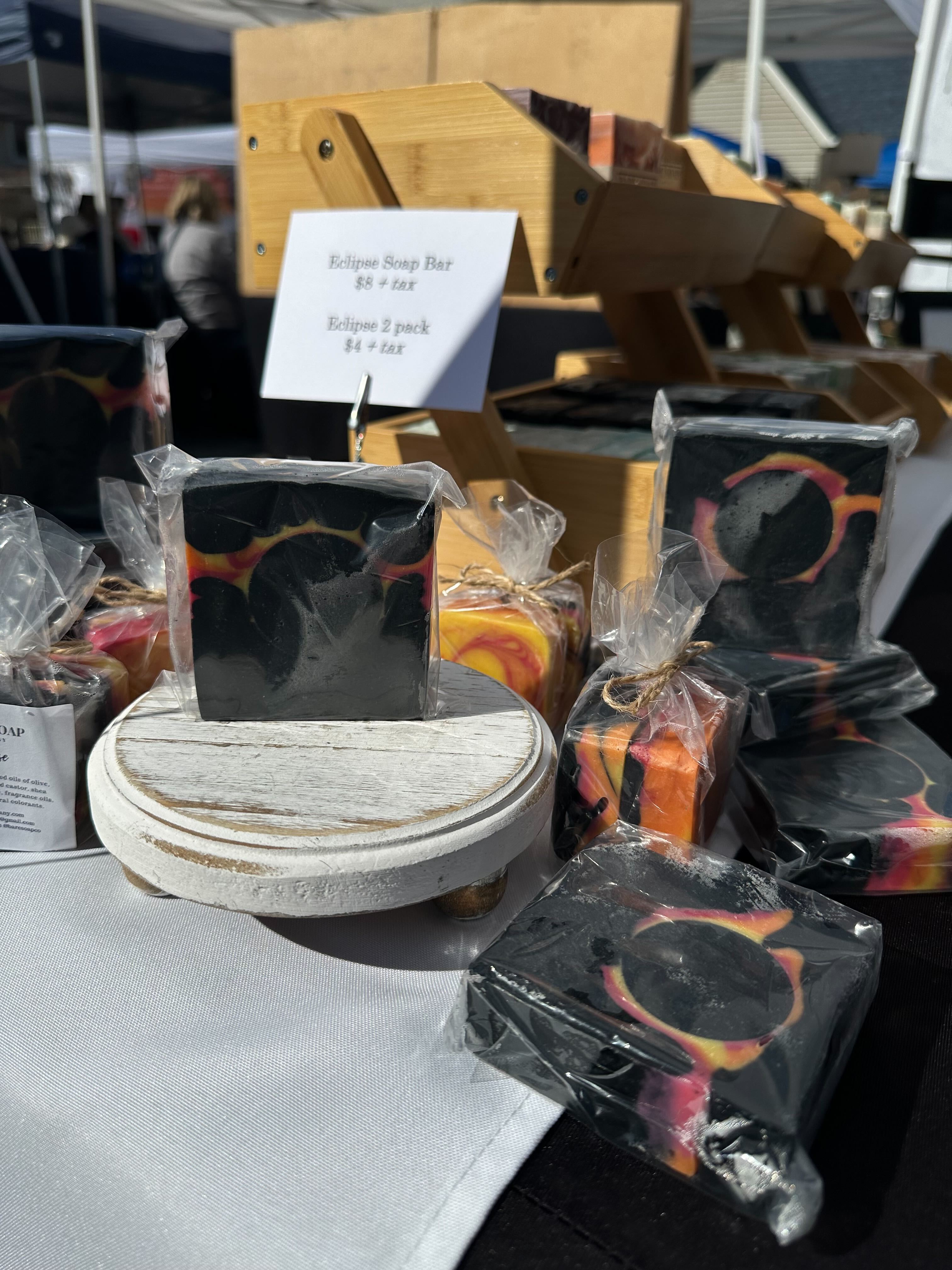
Laura McPhee, who owns an extremely charming Indiana bookstore called Pen and Pink, has been reminiscing about the last time she saw a total solar eclipse. It was the 1999 eclipse that serendipitously washed over Paris while she was studying feminist literature there. "The moon totally eclipsed the sun for just under three minutes," she said. "It was the last total eclipse of the 20th century, and also of the second millennium."
Related: The best places in every US state to see the 2024 eclipse
Crowds and crowds had planted themselves on the parchment-colored steps of Sacré Coeur, and she vividly remembers how starkly the temperature dropped during totality, just as Rigby said. But what seems to remain, from my interpretation of her anecdote at least, is that other people noticed the temperature drop, too. Feeling cold during those minutes of totality was not a private feeling, and there were gasps, cries of wonder and camera flashes to prove it. It isn't often that you can be so sure you're connected to a stranger through your unspoken thoughts.
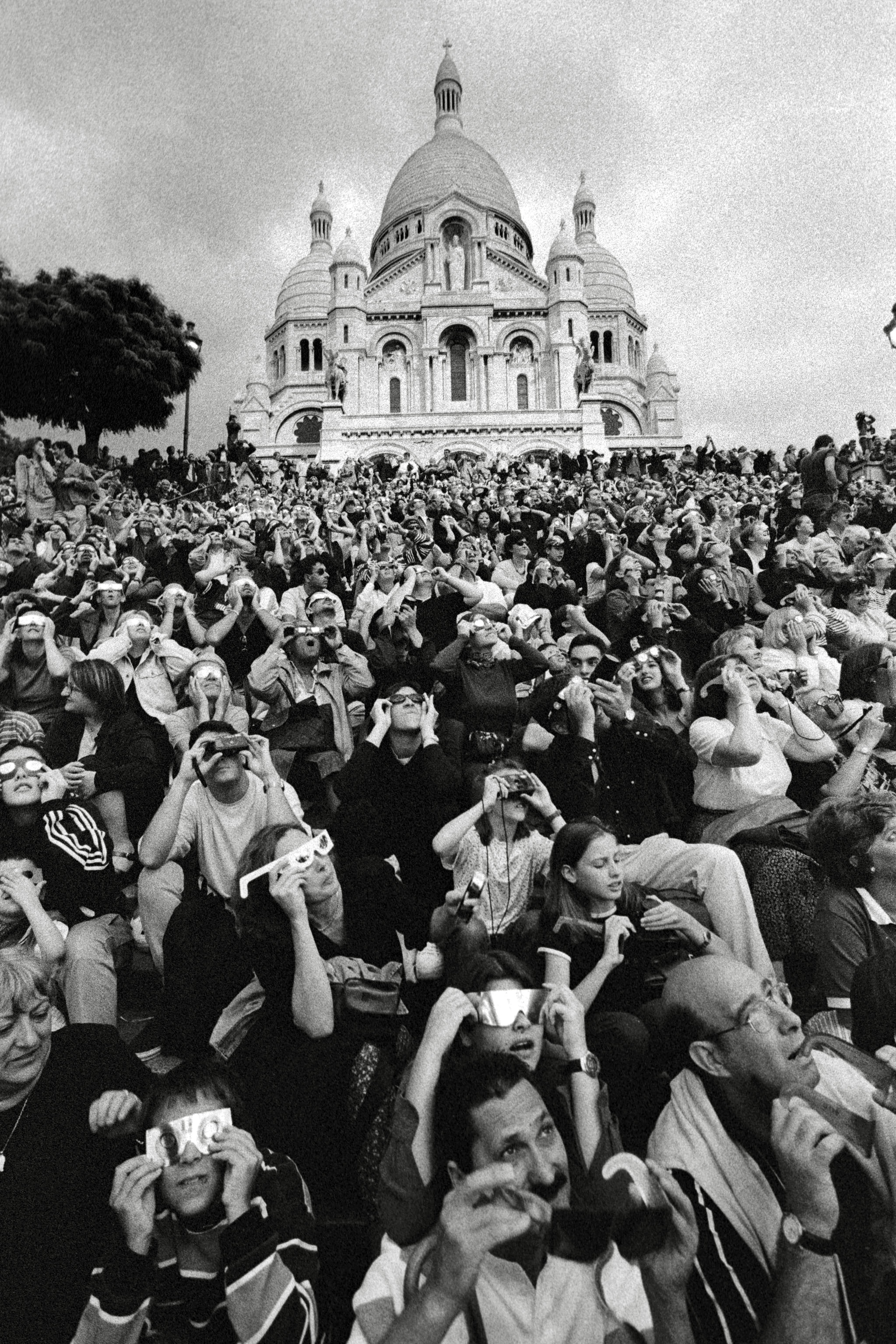
Rigby is one of the eclipse-chasers in limbo, unsure about where she'll be when totality occurs (mostly because she accidentally booked a flight to head back to D.C. a few hours after totality is expected to begin.) If she can't rebook her flight, maybe, she considers, she'll be situated on the roof of the airport rental car facility. As unglamorous as that might sound, however, she's not worried. Uncertainty is part of being an astronomer; you never know when clouds might get in the way of your observations, or when the data changes what you thought was standard, boring knowledge.
And, after all, one of the best things about an eclipse is that everyone has a front row seat to the sky. So, maybe the ideal vantage point in totality is simply wherever you are.
Submit your photos! If you capture a photo of the April 8 total solar eclipse or any of these strange effects and would like to share it with Space.com's readers, send photos, videos, comments, and your name, location and content usage permission release to spacephotos@space.com.







